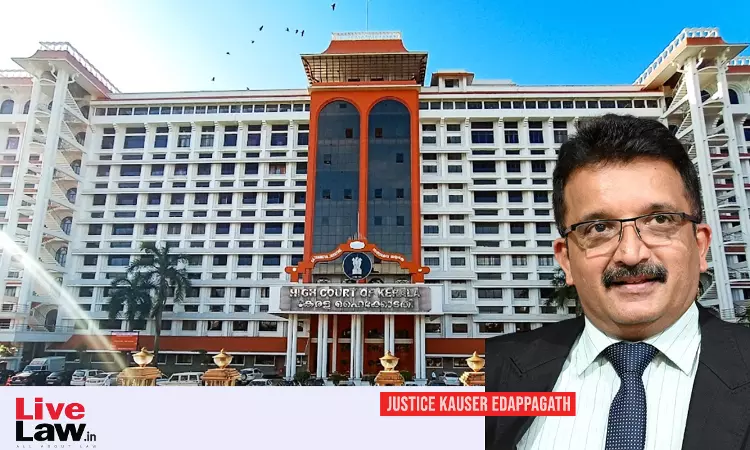Nudity Of Female Upper Body Shouldn't Be Regarded As Sexual Or Obscene By Default : Kerala High Court
Navya Benny
5 Jun 2023 2:27 PM IST

Next Story
5 Jun 2023 2:27 PM IST
The depiction of a woman's naked body should not be regarded as sexual or obscene always, observed the Kerala High Court while discharging a mother from a criminal case pertaining to making a video of her children painting on her semi-nude body. Taking note of the woman's explanation that the video was made to challenge patriarchal notions and to spread a message against the over-sexualization...
